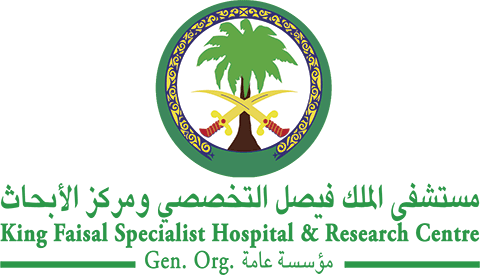Abstract
Background: Several strategies and procedures have been described for thawing umbilical cord blood (UCB) products. The ideal method for each center depends on the resources, staff training and access to each of them. Method: We retrospectively evaluated the incidence of side effects using the bedside thaw method after unrelated UCB transplantation in 34 children. Patient, donor, graft characteristics and side effects were identified. In addition, we attempt to identify the risk factors that could be associated with side effects. Result: Sixty-eight percent of patients experienced any adverse reaction. All the reactions were mild and transient events. The most frequent side effects were vomiting, hypertension, hemolytic reactions, and fever. There are more gastrointestinal events with a faster infusion rate. Conclusion: Thawed at the bedside method is a practical, easy and safe technique for cord blood transplantation in pediatric patients' settings.
Recommended Citation
Builes, Natalia; Niño-Serna, Laura; and Combariza, Juan Felipe
(2023)
"Side effects after use of bedside thaw method in an umbilical cord blood stem cells for allogeneic transplantation in a children cohort: A single-center experience.,"
Hematology/Oncology and Stem Cell Therapy: Vol. 17
:
Iss.
1
, Article 4.
Available at: https://doi.org/10.56875/2589-0646.1110
Creative Commons License

This work is licensed under a Creative Commons Attribution-Noncommercial-No Derivative Works 4.0 License.
Included in
Cancer Biology Commons, Hematology Commons, Oncology Commons

